Increasing Conversions for a $250M eCommerce Brand
Conversion Rate Optimization
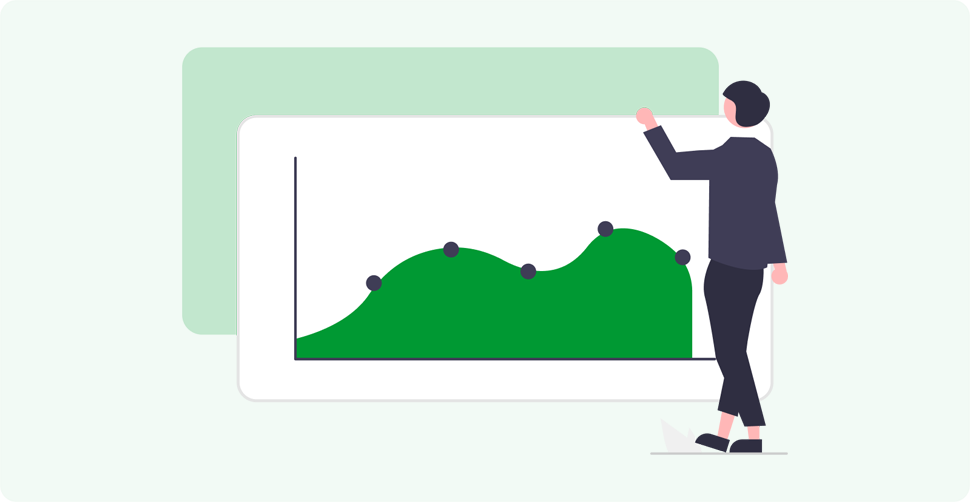
1. Purchases,
2. Add to carts,
3. Product page views
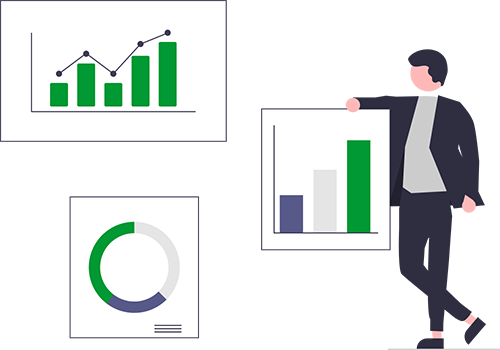
2. What is the analytics health of key pages?
3. How can we increase motivation and relevancy?
4. What things are causing the biggest friction and how do we reduce it?
5. Where are the weak spots in the user experience?
2. Funnel Analysis
3. User Journey Analysis
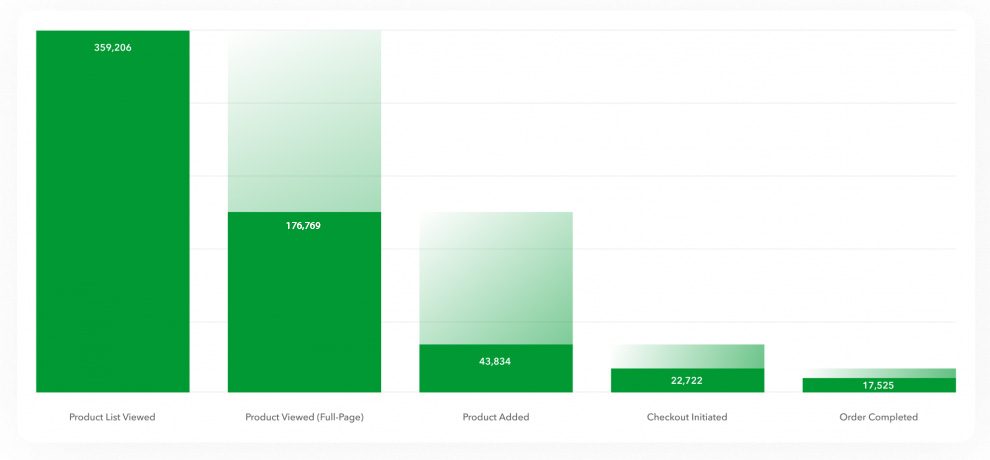
1. Identify, gather, and segment the correct data;
2. Analyze the behavior at different touchpoints;
3. Figure out why certain users make some choices and what can we do to nudge them onto a conversion path.
1. Analyze the main pathways to shopping intent
2. Analyze what happens from shopping intent to purchase completion
3. Segment these purchase paths by device and correlate successful pathway completion to user experience. This step would help identify leading drivers of success and compare them to unsuccessful behavior to extract insights.

We analyzed the following user experiences broken down by device (desktop vs mobile) and by step completion (step conversion vs drop-off):
1. Product List Viewed to Product Viewed – covers experience from starting shopping experience to shopping intent
2. Article Viewed to Product Added – covers browsing experience to purchase intent
3. Product Viewed to Order Completed – covers experience from shopping intent to
purchase completion
Below is an example of a Product Viewed to Order Completed customer journey on mobile for users who converted. The actual paths were complex and varied significantly so we had to consolidate into the main pathways.
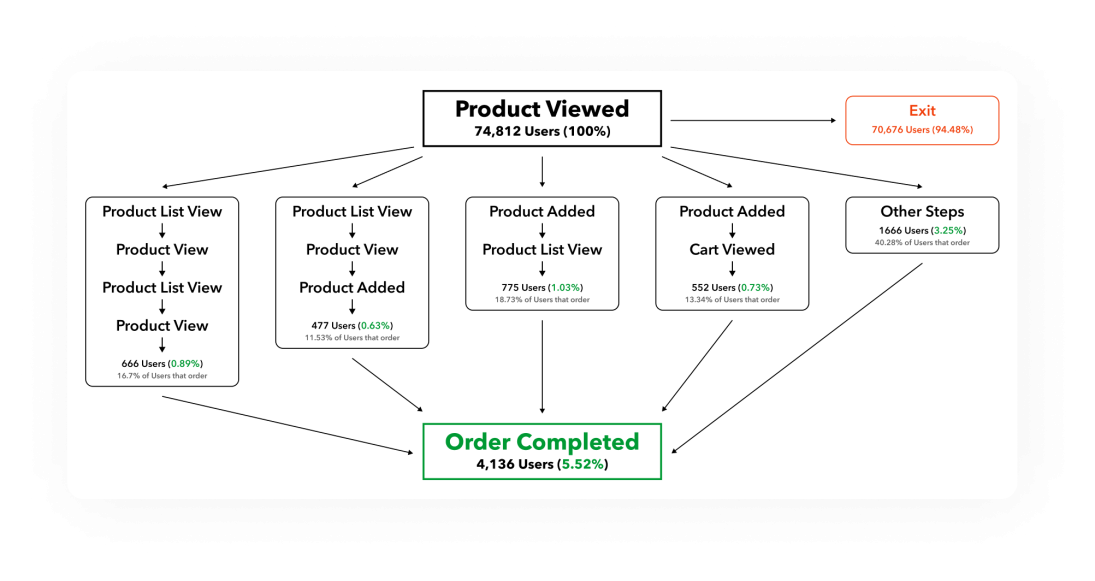
After going through a thorough process of qualitative and quantitative analyses, we generated 13 high priority improvements or tests.
Below are examples of our recommendations specifically for improving mobile add to carts conversion rates.
Problem Statement: There is no estimated shipping time from order time on product pages which can prohibit users from placing an order.
Solution: Add a shipment time estimation right below the “Add to Bag” button to increase urgency.
Goal: Increase “Add to Bag” button clicks
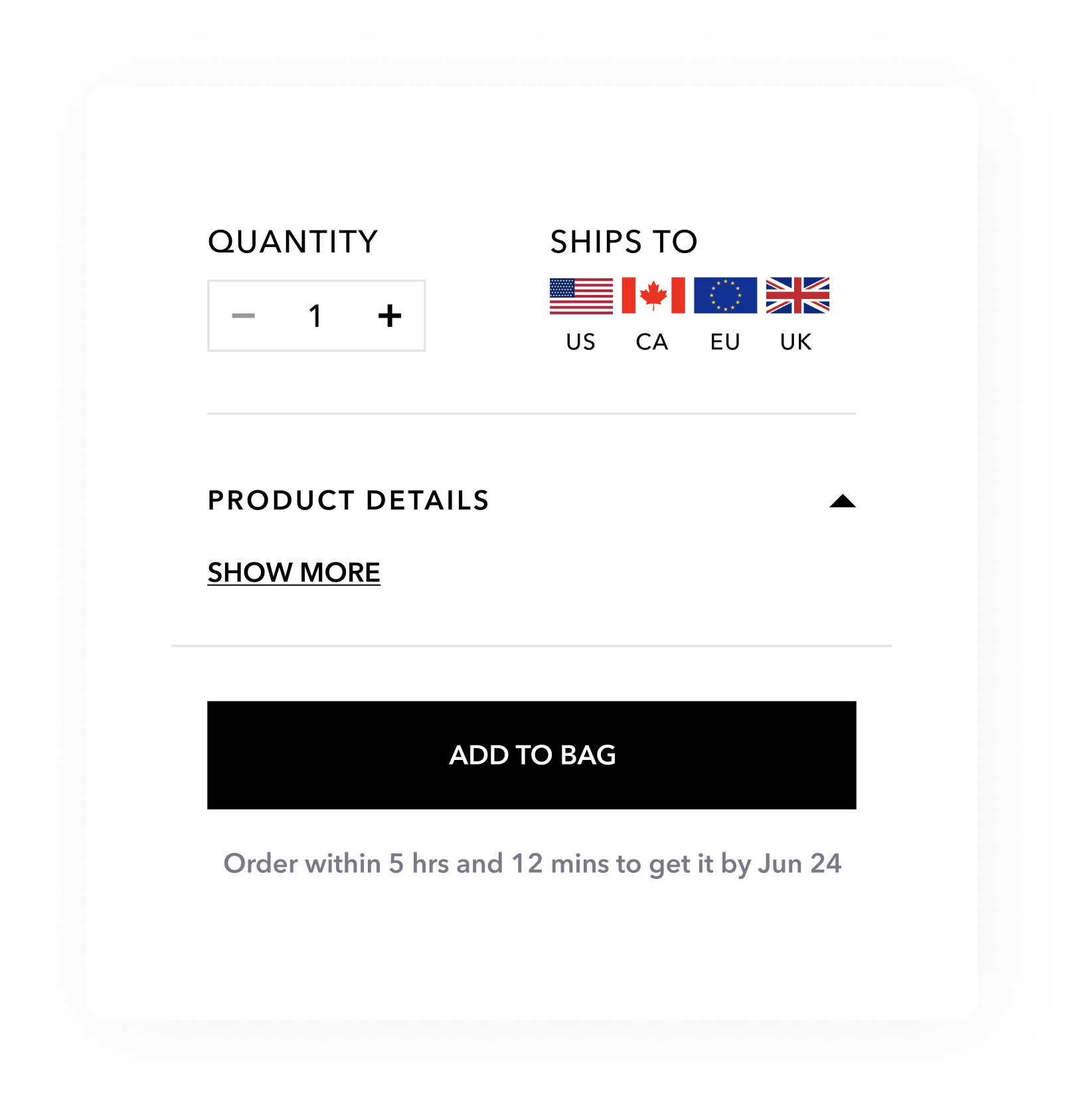
Problem: Once a user adds a product to their bag they have to visit the cart page or click another button to go to checkout, which is an extra step in the funnel that can be shortened.
Solution: Add a “Buy Now” button besides the “Add to bag”.
Goal: Increase Conversion Rate
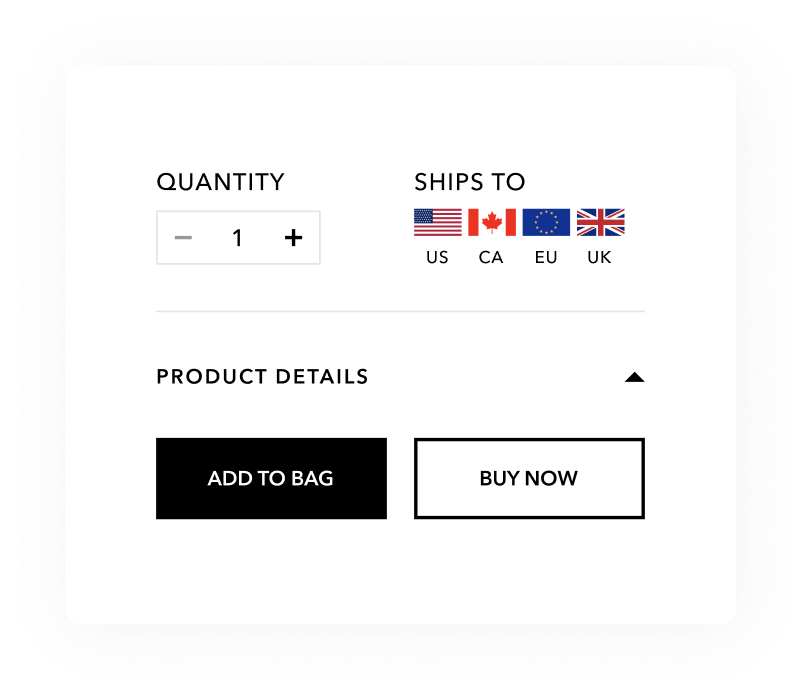
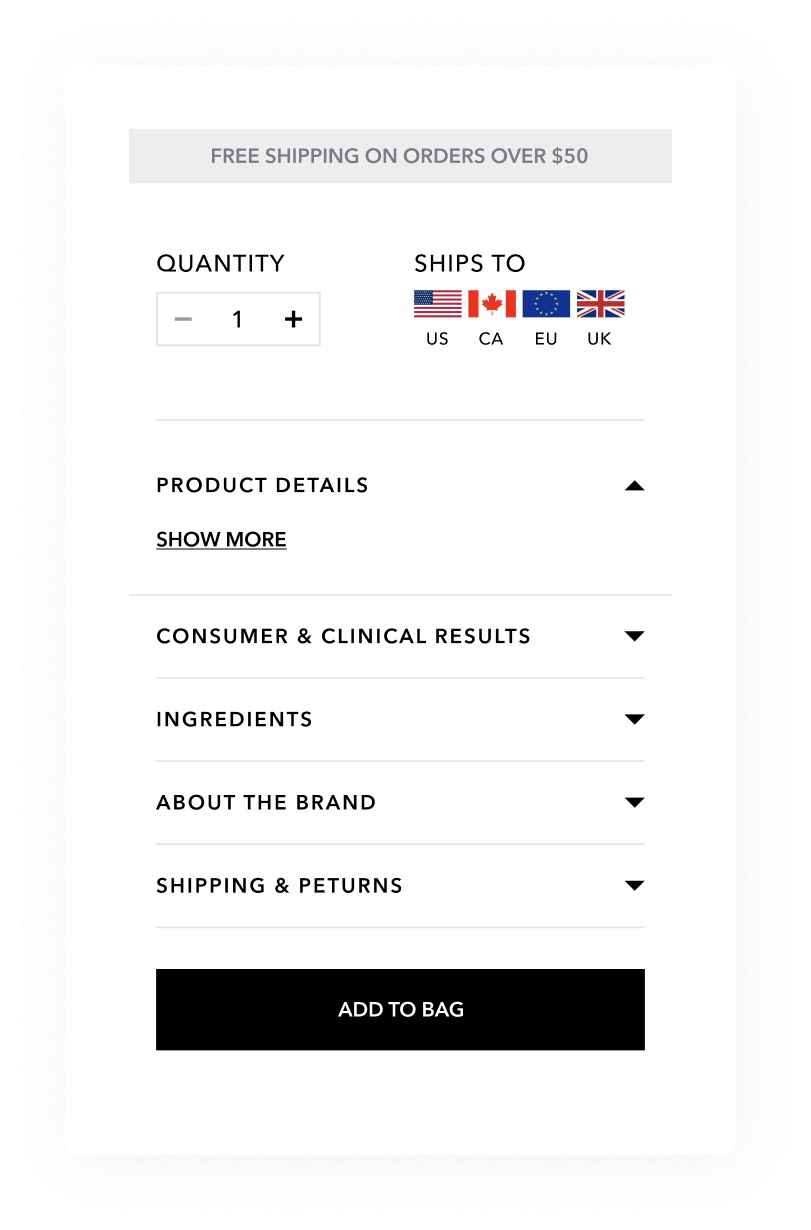
At the time of writing, our quick-win CRO tactics have delivered a ~12% increase in conversion rate, which translates into a 1.57% increase in revenue quarter over quarter.

If you’re looking for a proven CRO partner for your eCommerce brand, schedule a call with our team to discover how we can help you stop wasting traffic and start converting more visitors into buyers.